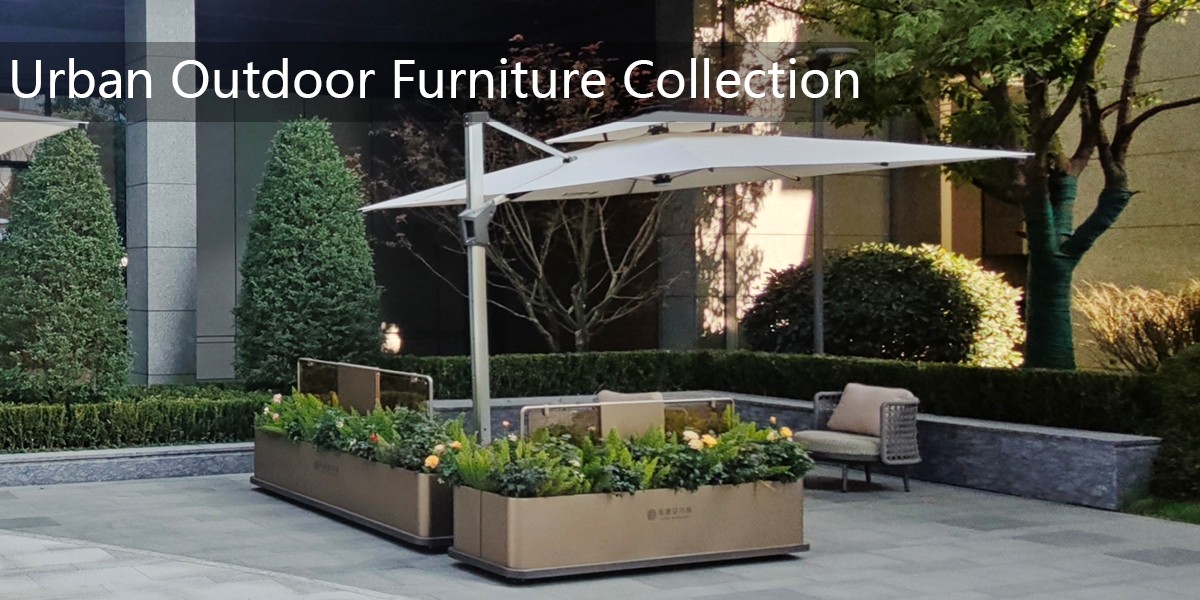Outdoor sculptures serve as powerful mediums for expressing and reflecting human emotions, bridging the gap between art and everyday life. These artistic creations often capture universal feelings such as joy, sorrow, love, and resilience, allowing viewers to connect with the emotions embedded in the artwork.
One way sculptures reflect emotions is through their form and posture. A hunched figure might evoke sadness or isolation, while an outstretched arm can symbolize hope or freedom. The choice of materials—rough stone for struggle, smooth bronze for serenity—also plays a role in conveying emotional depth.
Moreover, outdoor sculptures interact with their environment, changing with light and weather, much like human moods fluctuate. A sunlit statue may appear joyful, while the same piece under rain might seem melancholic. This dynamic relationship invites viewers to project their own emotions onto the art.
Public sculptures often commemorate collective emotions, such as war memorials channeling grief or celebratory installations expressing communal pride. By occupying shared spaces, they become mirrors of societal feelings, encouraging empathy and reflection.
Ultimately, outdoor sculptures act as emotional landmarks, transforming intangible feelings into tangible forms that resonate across cultures and generations.


